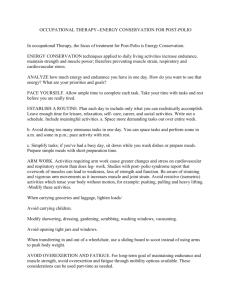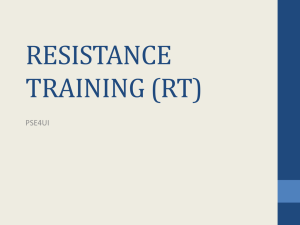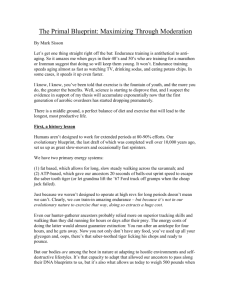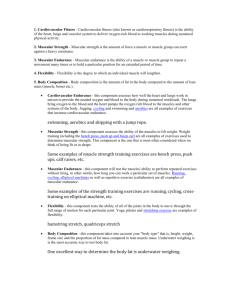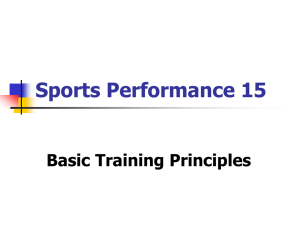Correlation of lumbosacral angle with core muscle
advertisement
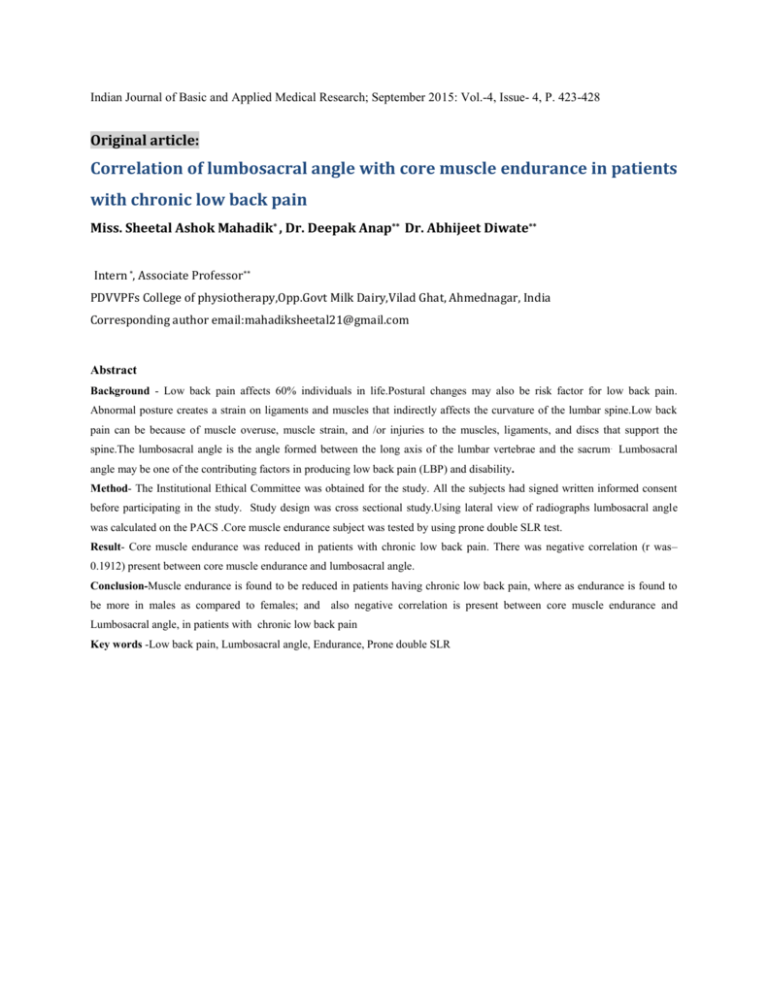
Indian Journal of Basic and Applied Medical Research; September 2015: Vol.-4, Issue- 4, P. 423-428 Original article: Correlation of lumbosacral angle with core muscle endurance in patients with chronic low back pain Miss. Sheetal Ashok Mahadik* , Dr. Deepak Anap** Dr. Abhijeet Diwate** Intern *, Associate Professor** PDVVPFs College of physiotherapy,Opp.Govt Milk Dairy,Vilad Ghat, Ahmednagar, India Corresponding author email:mahadiksheetal21@gmail.com Abstract Background - Low back pain affects 60% individuals in life.Postural changes may also be risk factor for low back pain. Abnormal posture creates a strain on ligaments and muscles that indirectly affects the curvature of the lumbar spine.Low back pain can be because of muscle overuse, muscle strain, and /or injuries to the muscles, ligaments, and discs that support the spine.The lumbosacral angle is the angle formed between the long axis of the lumbar vertebrae and the sacrum. Lumbosacral angle may be one of the contributing factors in producing low back pain (LBP) and disability. Method- The Institutional Ethical Committee was obtained for the study. All the subjects had signed written informed consent before participating in the study. Study design was cross sectional study.Using lateral view of radiographs lumbosacral angle was calculated on the PACS .Core muscle endurance subject was tested by using prone double SLR test. Result- Core muscle endurance was reduced in patients with chronic low back pain. There was negative correlation (r was– 0.1912) present between core muscle endurance and lumbosacral angle. Conclusion-Muscle endurance is found to be reduced in patients having chronic low back pain, where as endurance is found to be more in males as compared to females; and also negative correlation is present between core muscle endurance and Lumbosacral angle, in patients with chronic low back pain Key words -Low back pain, Lumbosacral angle, Endurance, Prone double SLR


